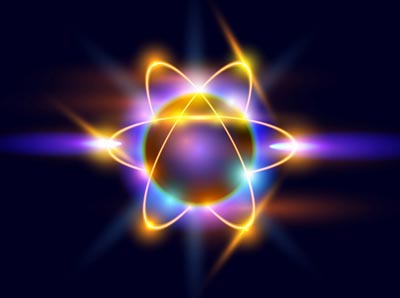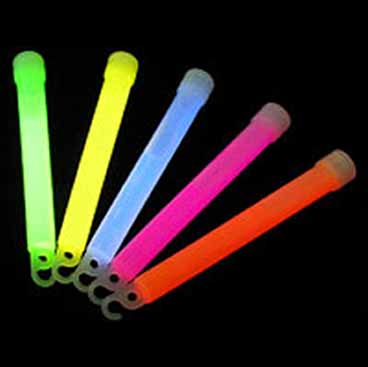
http://plato.stanford.edu/entries/qm/ .
Anyways based on the video called Macroscale Quantum Mechanics, what is so significant about quantum mechanics is that it can explain theoretical how particles work and not the literal concept of how the particles work. In other words in the literal concept will not agree with the theoretical concept because it can not be proven. An example from the video is that quantum mechanics is able to explain how particles are able to be at two places at once and are able to go through larger objects, like walls. The literal concept of how particles work is that the particles can not be at two places at once and are not able to go through larger objects. This impacts day to day chemistry by making one think why can't humans go through walls and be at two places at the same time since humans are made out of particles.
Here is also a link for a video that will explain quantum mechanics. http://www.youtube.com/watch?v=zp73KRX-t1k








